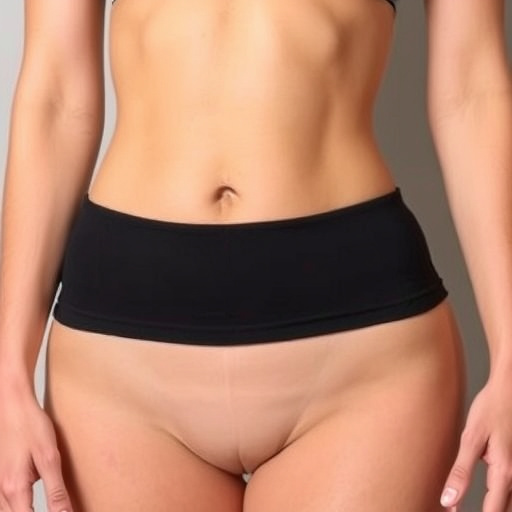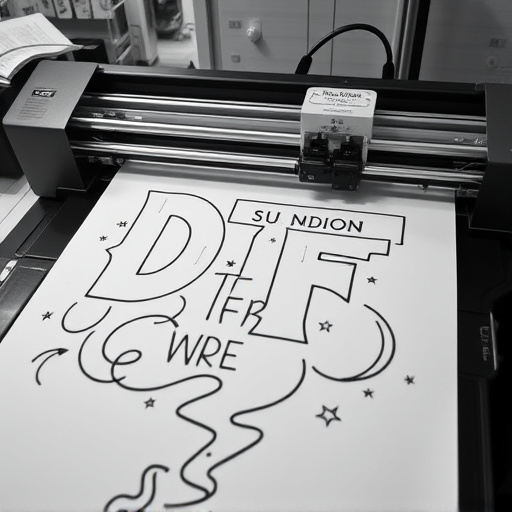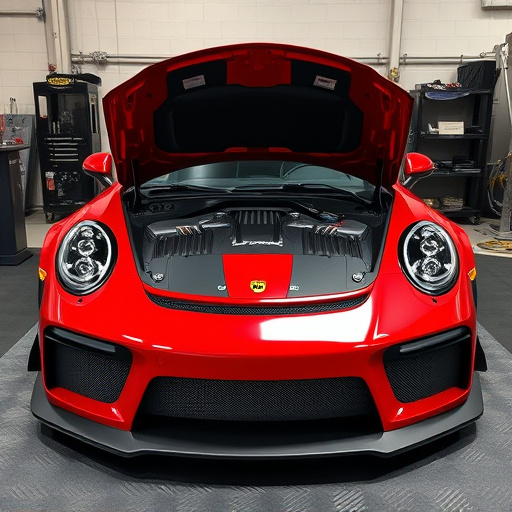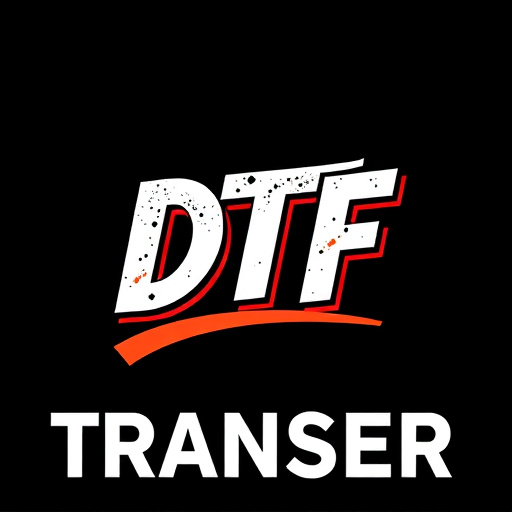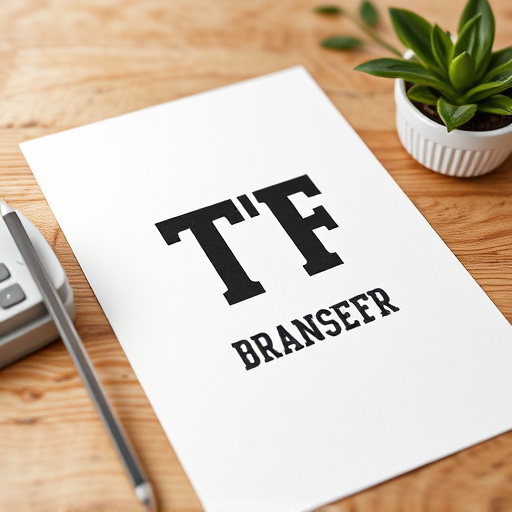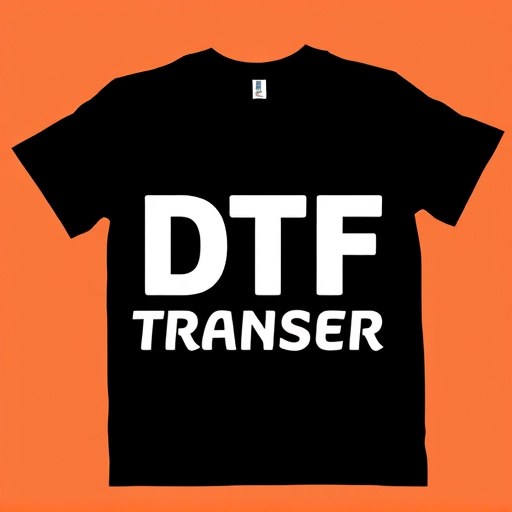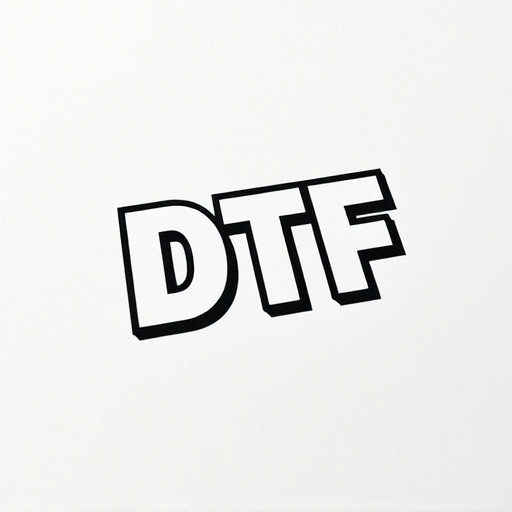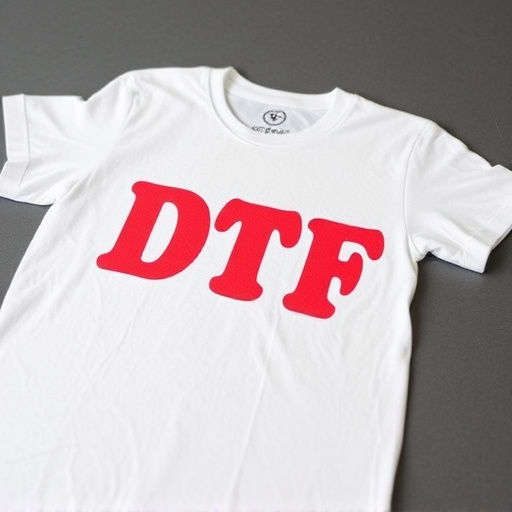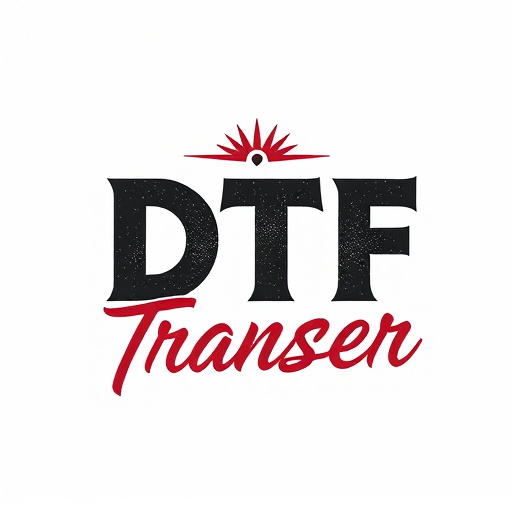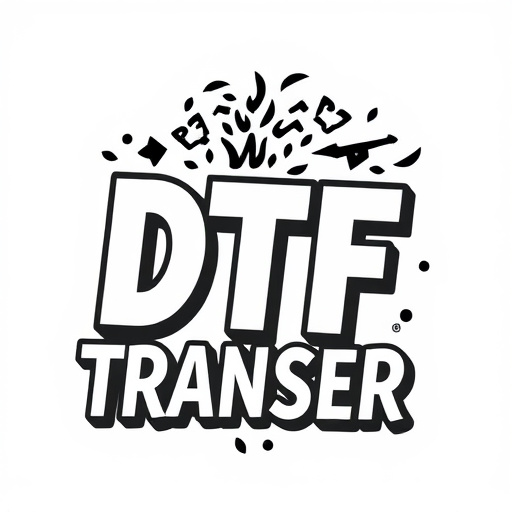Direct-to-Film (DTF) transfer and dye sublimation printing are cutting-edge methods for achieving high-quality prints. DTF involves heating and pressing ink onto film or polyester sheets, offering vibrant, detailed results suitable for various applications like signage, banners, and photo printing. Dye sublimation, using heat to infuse dye into porous materials, produces fine line details and rich colors, ideal for art reproduction and professional photography. DTF transfers are versatile and cost-effective for textiles, while dye sublimation excels in image quality for large-format prints. Choosing between them depends on intended use and surface compatibility, ensuring optimal results for specific project needs.
In the realm of printing, choosing between Direct-to-Film (DTF) transfers and dye sublimation is key to achieving superior results. This article offers a comprehensive guide, delving into the intricacies of each method. We explore DTF’s process and benefits, from its vibrant colors to precise details. Dye sublimation, on the other hand, unveils its unique strengths in color vibrancy and detailed reproduction. By understanding their differences, you’ll be equipped to select the ideal printing technique for your needs, whether it’s for creating DTF prints or exploring dye sublimation’s potential.
- Understanding Direct-to-Film (DTF) Transfer: A Comprehensive Overview
- The Process of DTF Transfer: Step by Step
- Dye Sublimation Printing: Unlocking Vibrant Colors and Precise Details
- Key Differences Between DTF Transfer and Dye Sublimation
- Applications and Use Cases for Each Printing Method
- Choosing the Right Printing Technique: Considerations for Optimal Results
Understanding Direct-to-Film (DTF) Transfer: A Comprehensive Overview

Direct-to-Film (DTF) transfer is a printing method that has gained significant traction in the world of print media and imaging. This process involves transferring ink directly onto a film or substrate without any intermediate rollers or plates, resulting in highly detailed and precise prints. DTF offers a direct path from digital file to physical print, making it an efficient solution for various applications, including signage, banners, posters, and even photo printing.
When discussing DTF Transfer, understanding its mechanics is key. The technology utilizes specialized printers that apply liquid ink directly onto the target material, often a thin film or polyester sheet. This direct contact ensures a crisp and accurate reproduction of images, making DTF ideal for creating vibrant, high-resolution prints. Furthermore, DTF Printing allows for a wide range of materials to be used, offering flexibility in terms of finish and texture. This versatility has made DTF Prints a popular choice for businesses and individuals seeking unique and visually appealing marketing collateral and art pieces.
The Process of DTF Transfer: Step by Step
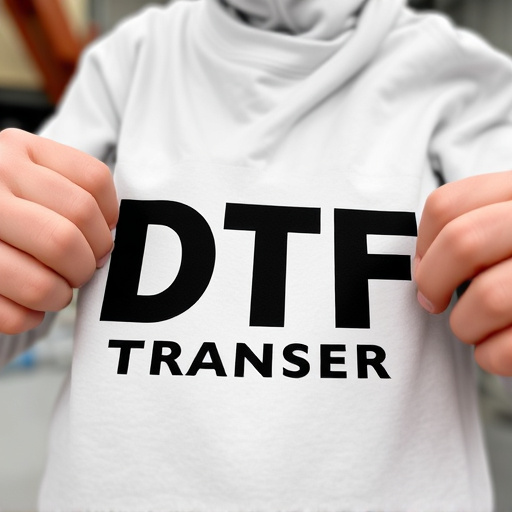
The Direct-to-Film (DTF) transfer process involves several precise steps to achieve high-quality prints. It begins with preparing the design, ensuring it’s optimized for DTF standards. The graphic is then separated into layers, each corresponding to a specific color or element of the final print. This allows for intricate details and vibrant colors. Next, the design is sent to a specialized printer that deposits ink directly onto a clear film, creating a precise positive impression of the image.
Once the ink is cured, the film is carefully fed into a second machine where it’s pressed against the substrate, like fabric or paper, under high heat and pressure. This transfers the ink from the film to the material, resulting in sharp, long-lasting DTF prints. The process offers a direct and efficient way to create custom designs on various surfaces without the need for complicated set-up or plate preparation, making it a popular choice for many printing applications.
Dye Sublimation Printing: Unlocking Vibrant Colors and Precise Details
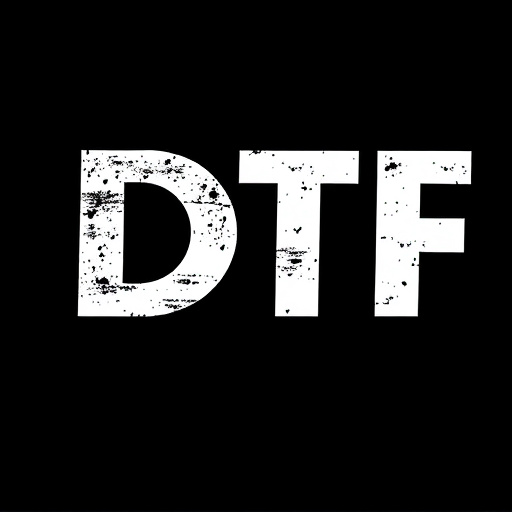
Dye sublimation printing is a cutting-edge technique that offers unparalleled color accuracy and detail for DTF (Direct-to-Film) transfers. This process involves infusing heat and pressure to transfer dye directly onto the film, creating vibrant, long-lasting images with exceptional sharpness and resolution. The result is a DTF print that captures every nuance, from rich, saturated hues to fine line details, making it ideal for high-quality applications like photography, art reproduction, and custom graphics.
Compared to traditional printing methods, dye sublimation stands out for its ability to produce prints with a glossy, almost glassy finish, enhancing the overall visual appeal. This technology has revolutionized DTF transfer by enabling creators and businesses to deliver stunning, professional-grade results, elevating their work to new heights in terms of both aesthetics and technical precision.
Key Differences Between DTF Transfer and Dye Sublimation

When comparing DTF (Direct-to-Film) transfers and dye sublimation printing, a key distinction lies in their production processes. DTF involves transferring ink directly onto a medium, typically a vinyl or polyester film, using heat and pressure. This method is advantageous for creating vibrant, high-resolution DTF prints with excellent color accuracy, making it popular for signages, banners, and outdoor advertising.
Conversely, dye sublimation printing involves infusing dye into a porous material, usually polyestere, during the heating process. This results in a more subtle and uniform color transition, ideal for complex images, photographs, and detailed DTF Transfer designs. Dye sublimation offers exceptional durability, making it suitable for long-term indoor and outdoor displays, while DTF transfers might be better suited for short-term applications due to potential fading over time.
Applications and Use Cases for Each Printing Method
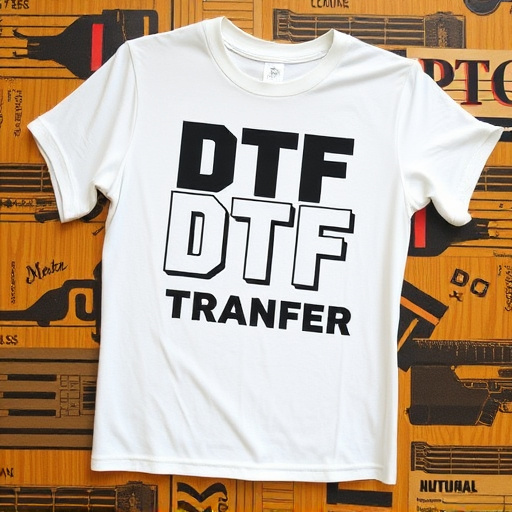
Direct-to-film (DTF) transfers and dye sublimation printing are two distinct techniques with unique applications in various industries. DTF transfers have gained popularity for their versatility and cost-effectiveness, making them suitable for a wide range of projects. This method is often preferred for producing custom prints on textiles, such as t-shirts, hoodies, and accessories. It allows for intricate designs and vibrant colors, appealing to businesses catering to fashion and promotional merchandise markets. Additionally, DTF transfers are ideal for small-batch production runs, enabling entrepreneurs and designers to create limited-edition items with personalized touches.
On the other hand, dye sublimation printing is a specialized technique that offers exceptional image quality and color accuracy. It is commonly used in professional photography, fine art printing, and the creation of high-end promotional materials. This method involves infusing dyes into a porous substrate, typically polyester, resulting in vibrant and long-lasting prints. Dye sublimation is particularly valuable for producing large-format prints, banners, posters, and even custom upholstery. Its ability to deliver sharp details and rich colors makes it the go-to choice for applications that demand the highest level of visual excellence.
Choosing the Right Printing Technique: Considerations for Optimal Results

Choosing the right printing technique is crucial for achieving optimal results with DTF (Direct-to-Film) transfers and dye sublimation printing. Several factors come into play when deciding between these two methods. One key consideration is the intended use of the final prints. For example, if you’re creating high-quality posters or art pieces that require vibrant colors and intricate details, dye sublimation might be the superior choice due to its exceptional color accuracy and ability to produce rich, full tones. On the other hand, DTF transfers excel in situations where durability is paramount, such as signage for outdoor environments or items intended for frequent handling, as they offer superior resistance to fading and wear.
Another critical aspect is the surface being printed upon. DTF printing is versatile and suitable for a wide range of materials, including plastics, metals, and certain types of fabrics. This makes it ideal for custom product branding or creating unique designs on various products. Dye sublimation, while also adaptable, may have limitations with certain rough or porous surfaces, necessitating additional preparation to ensure optimal adhesion. Thus, understanding the material constraints and desired outcome is essential before selecting a printing technique that aligns best with your project requirements.

